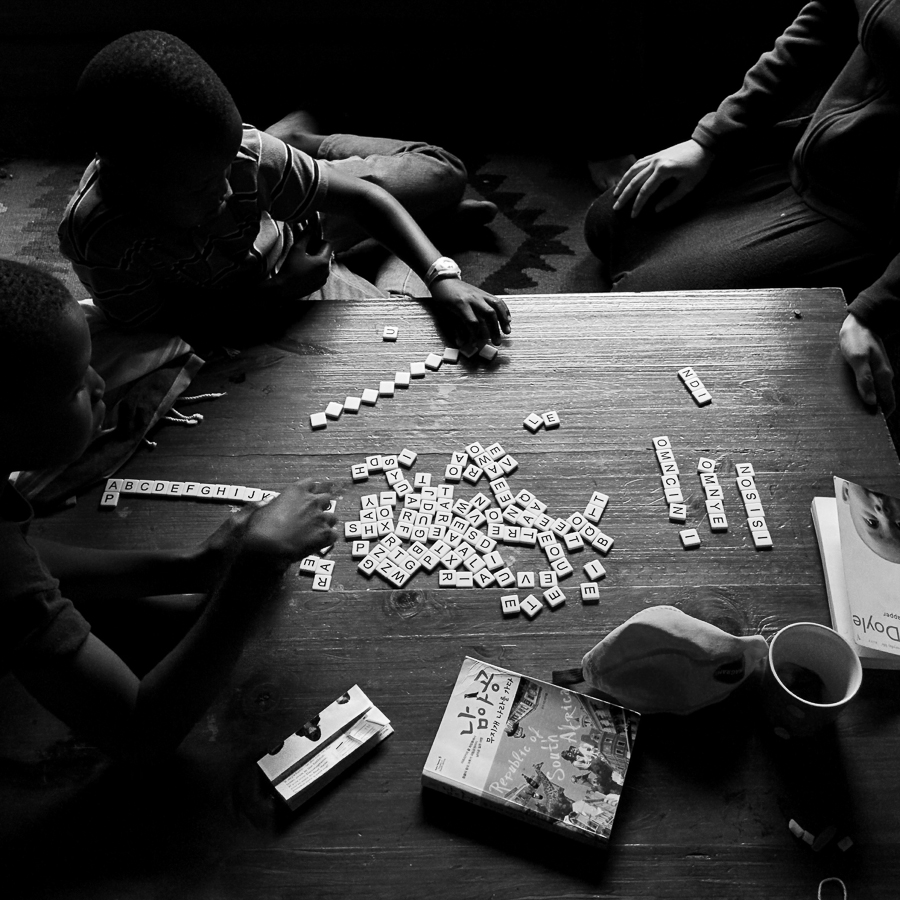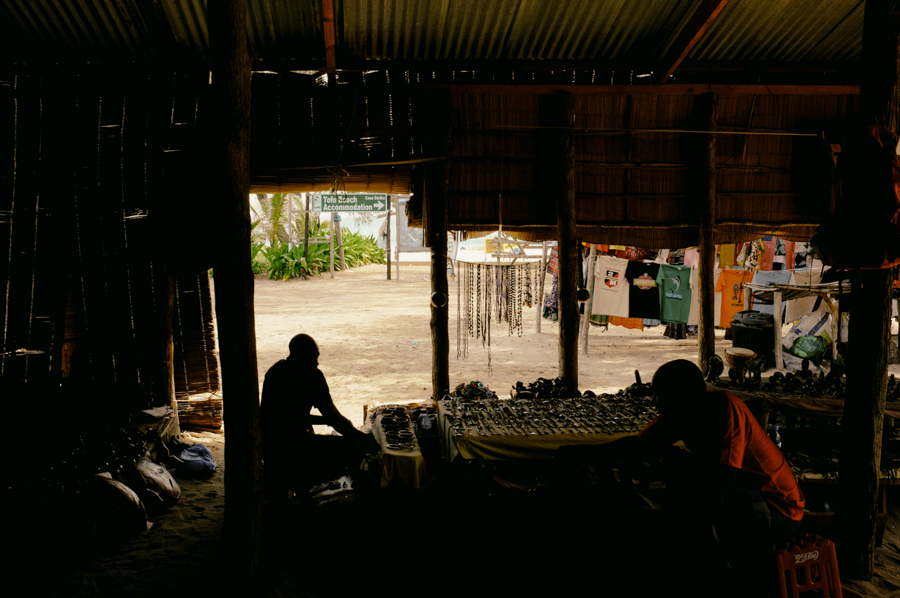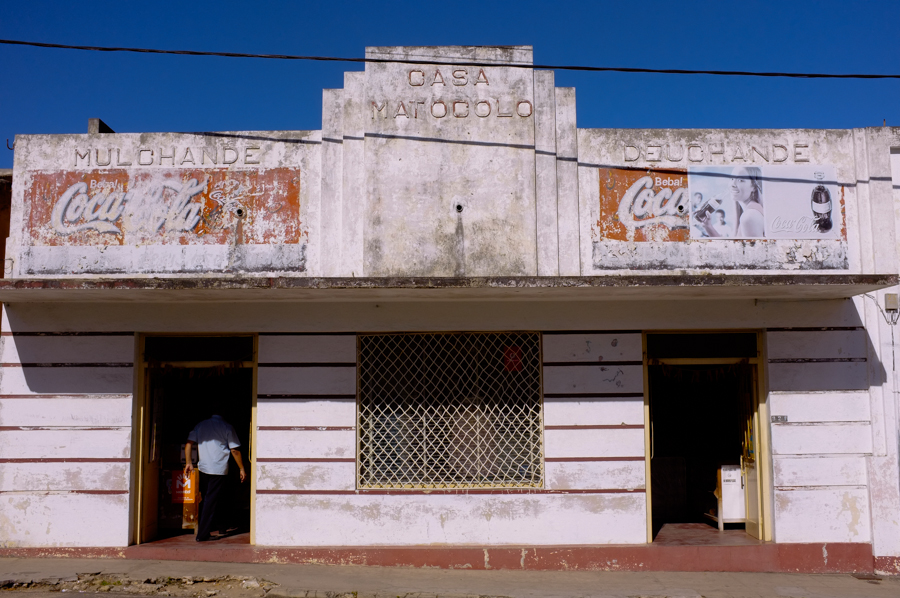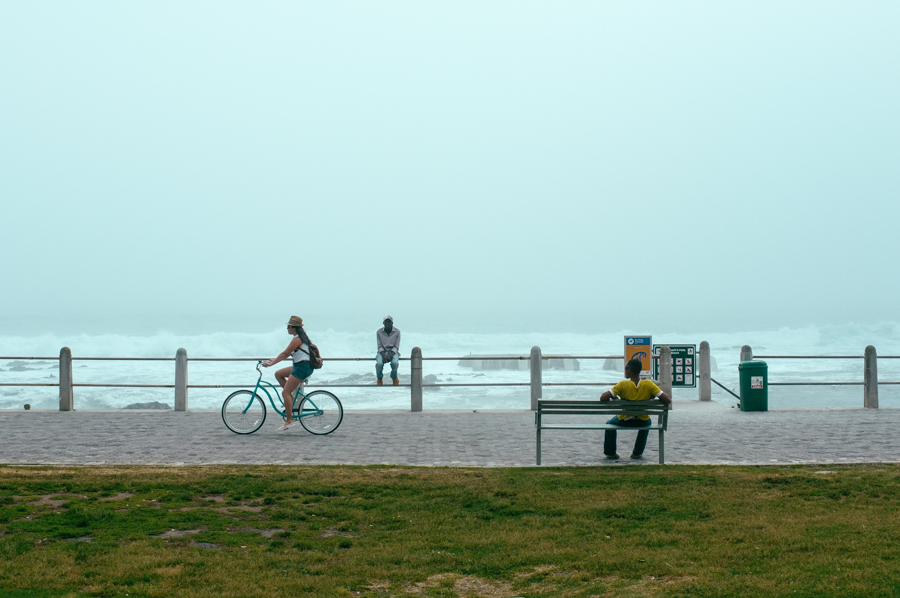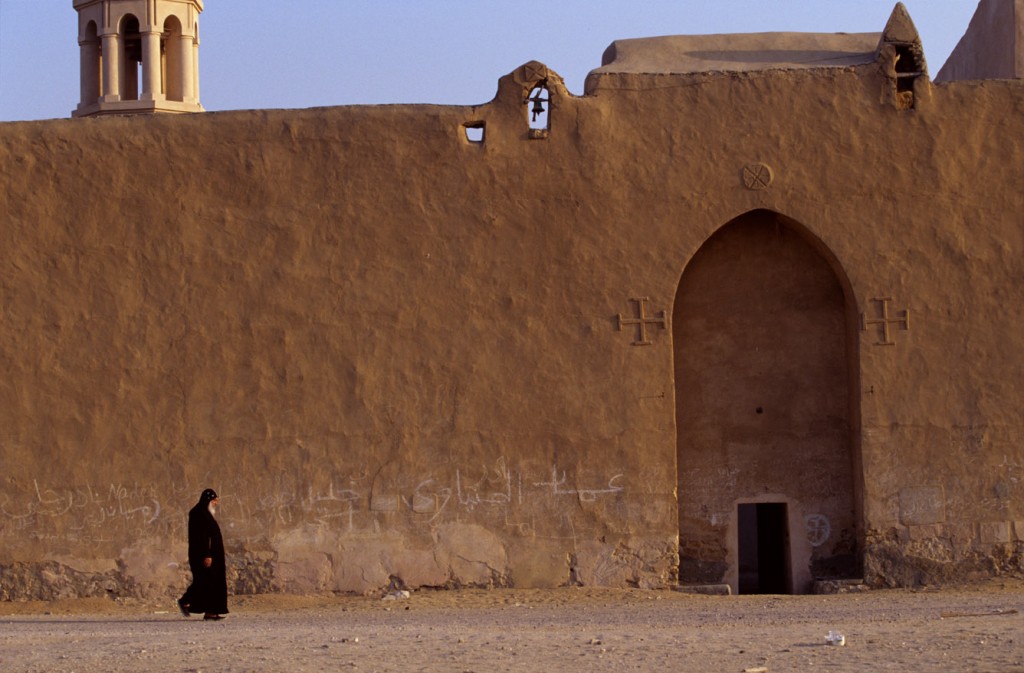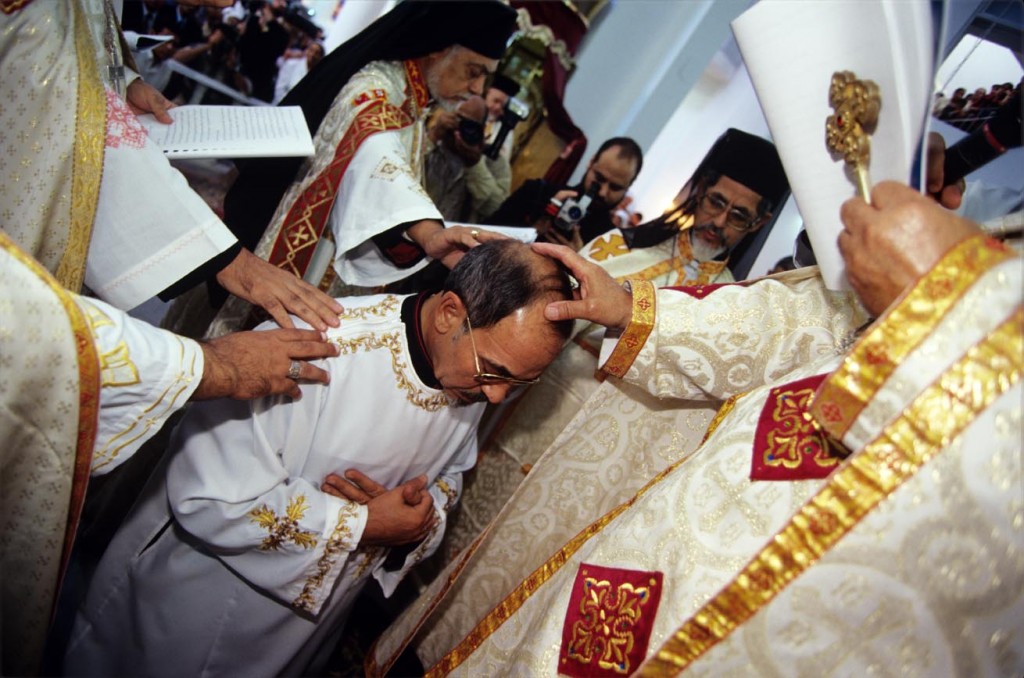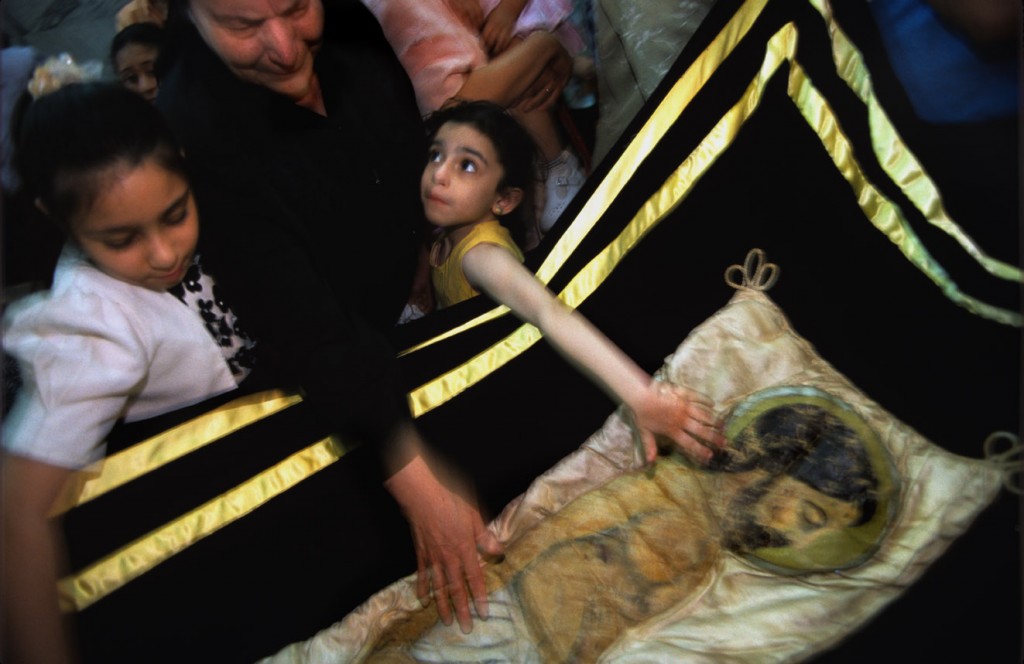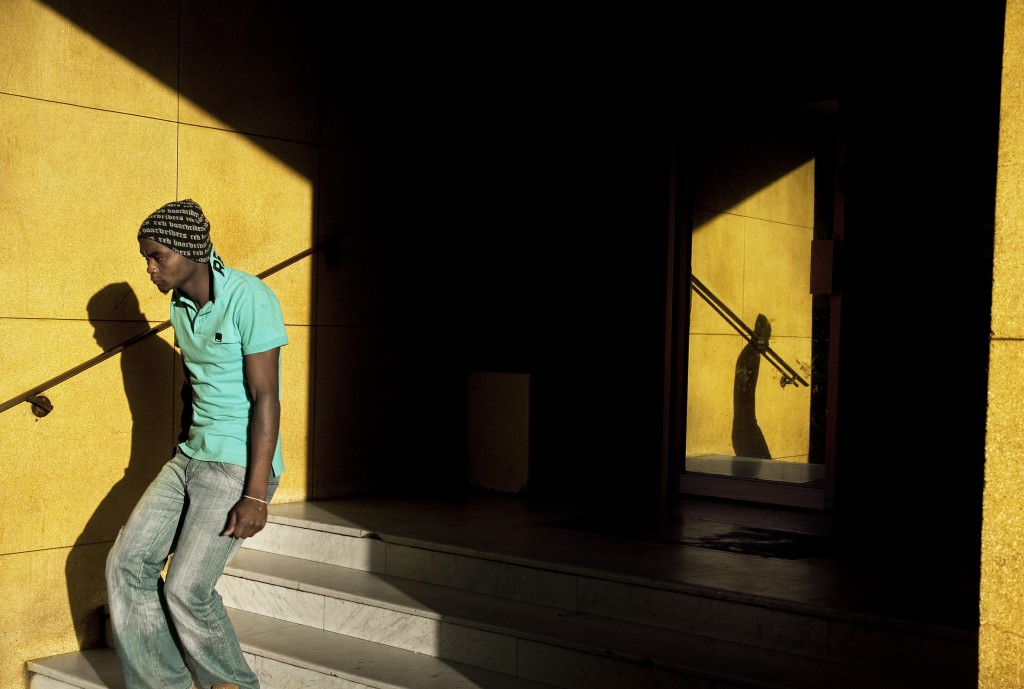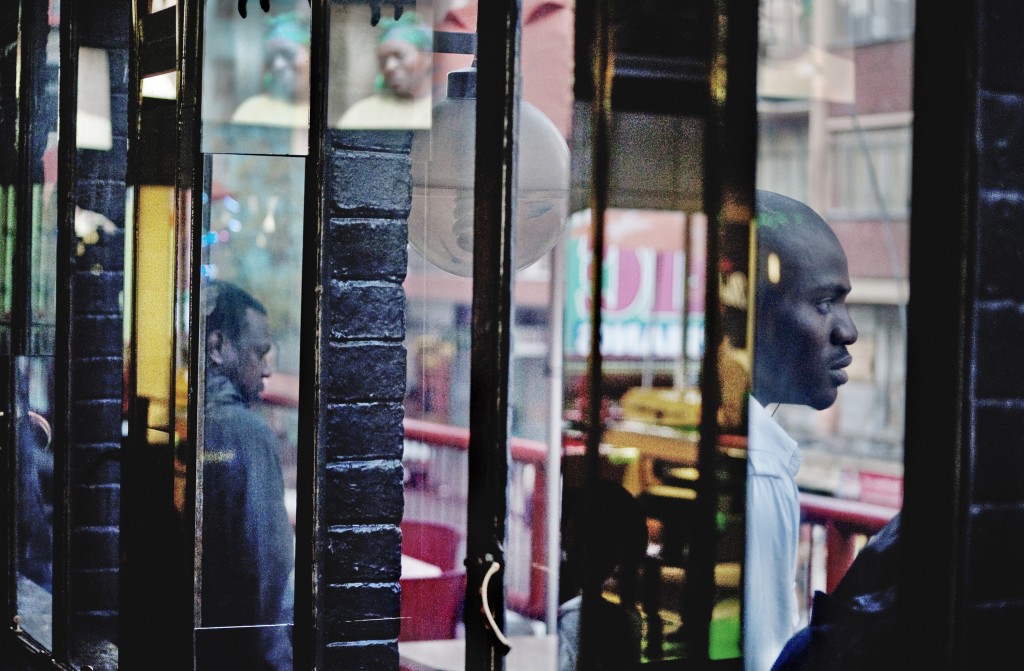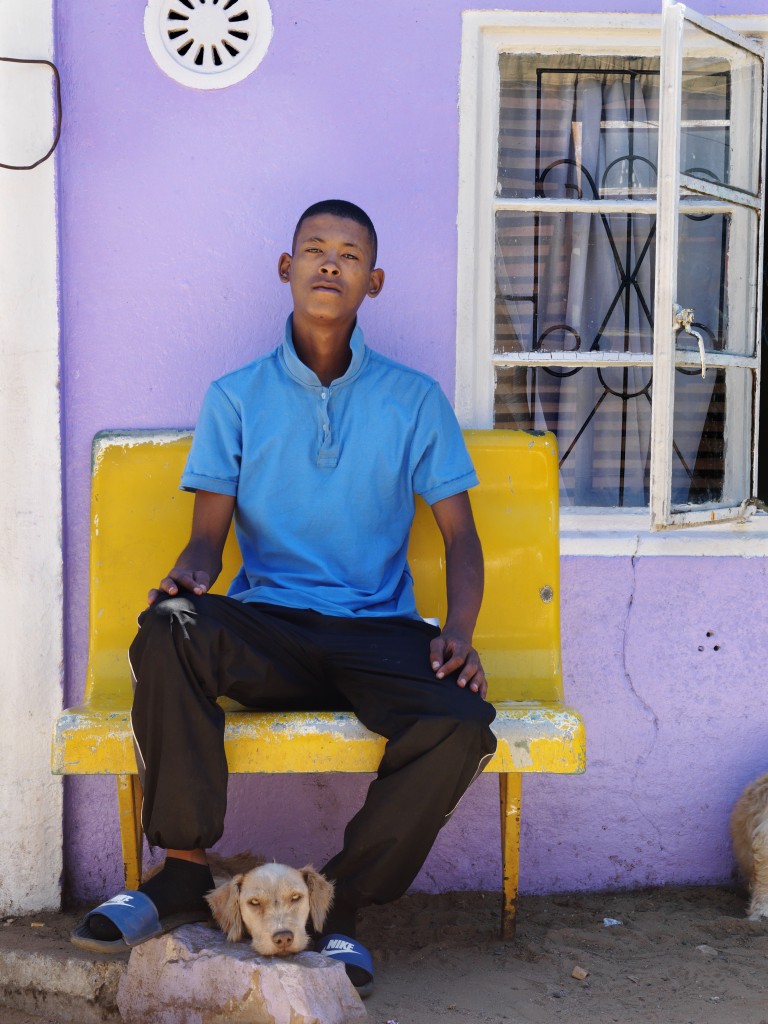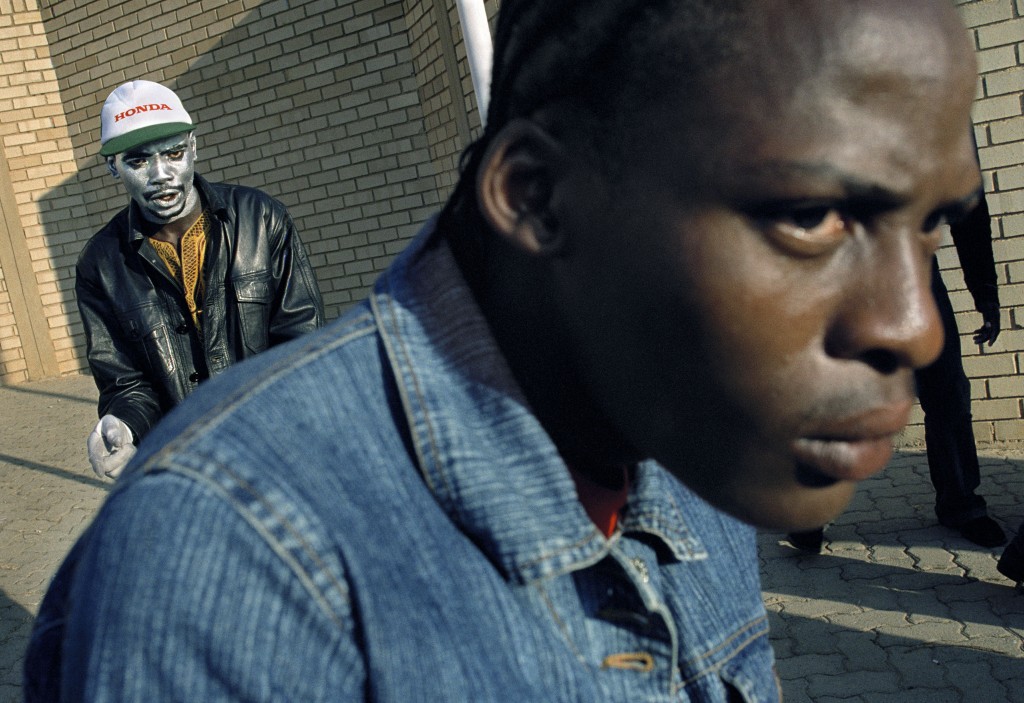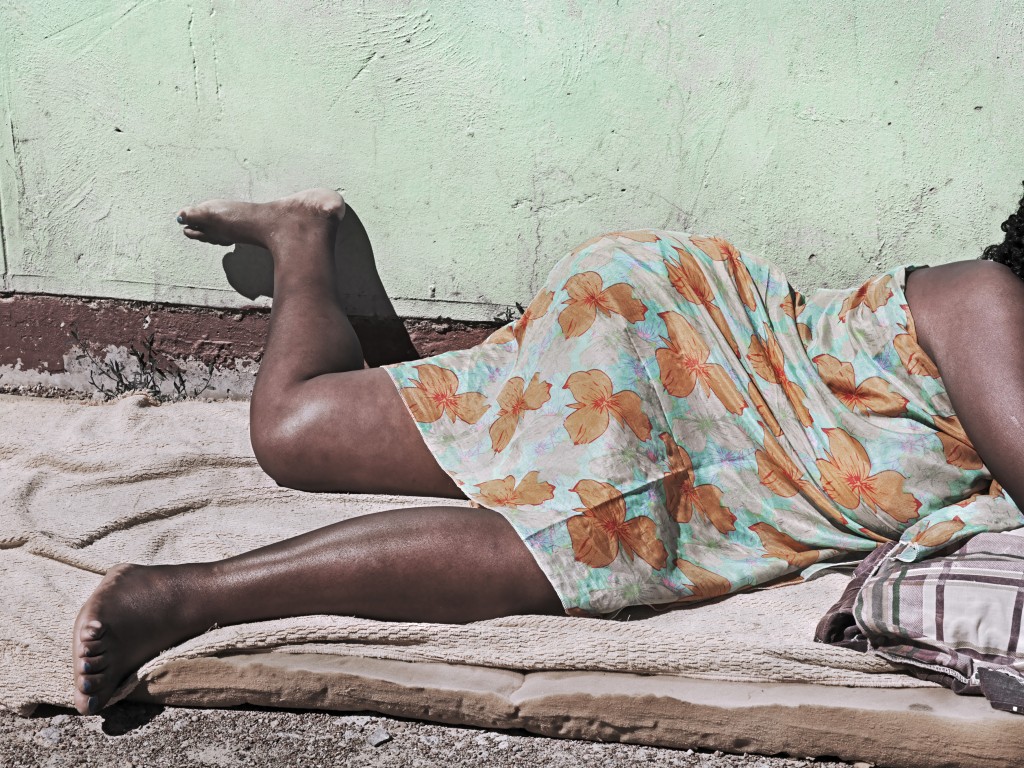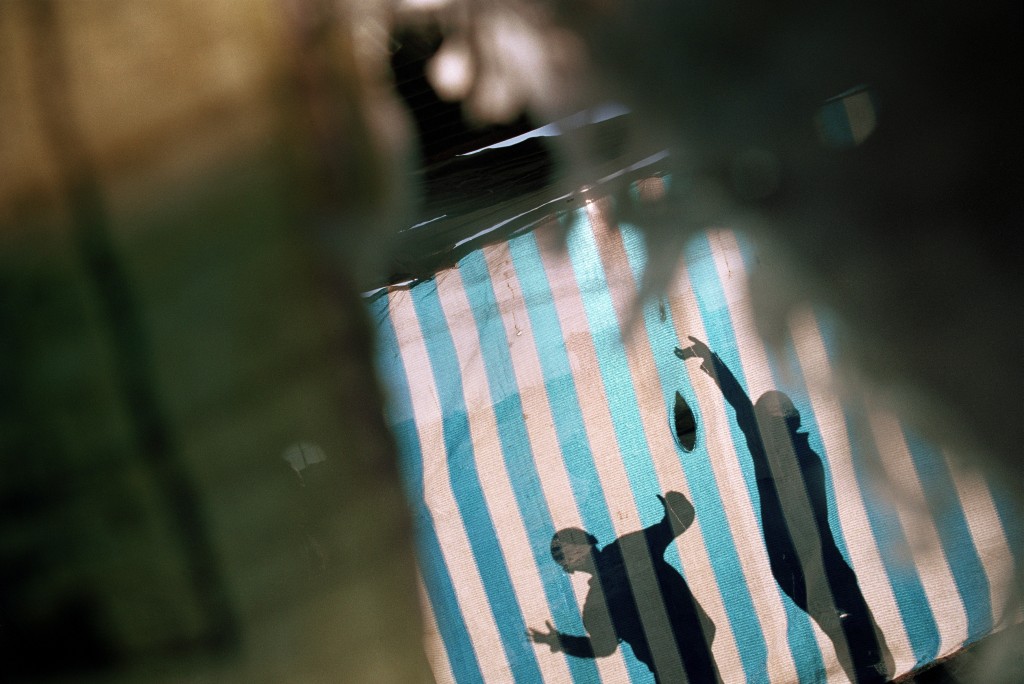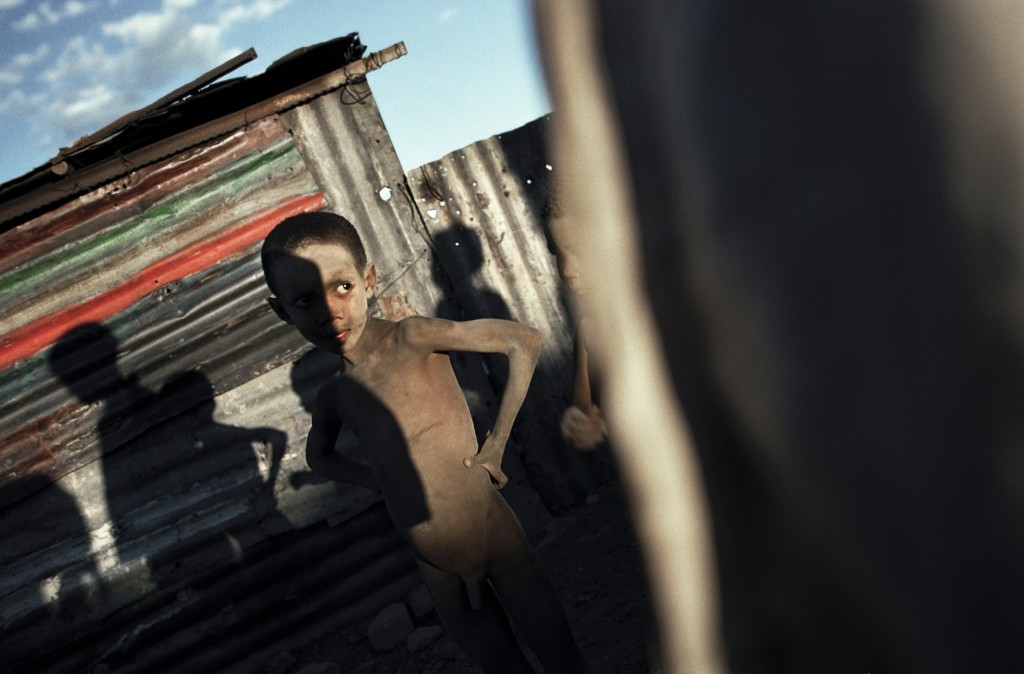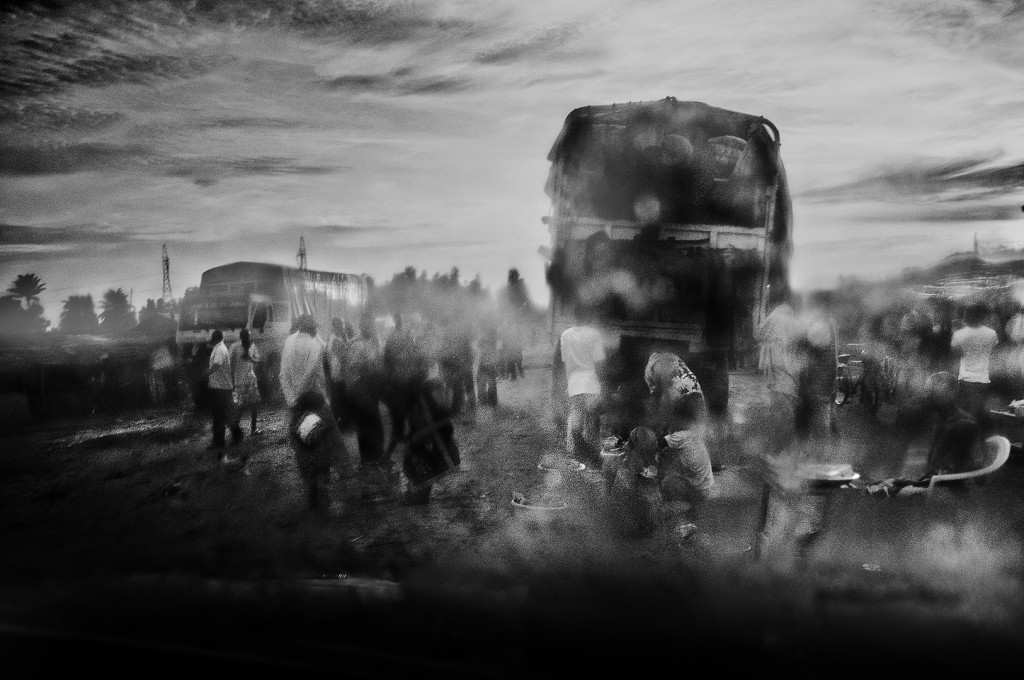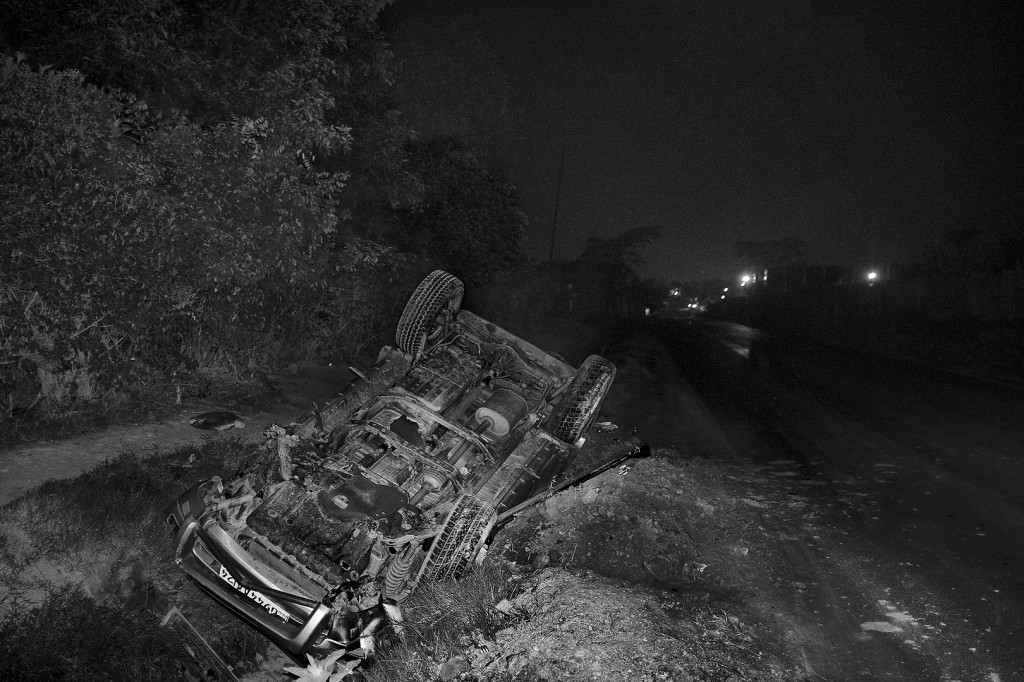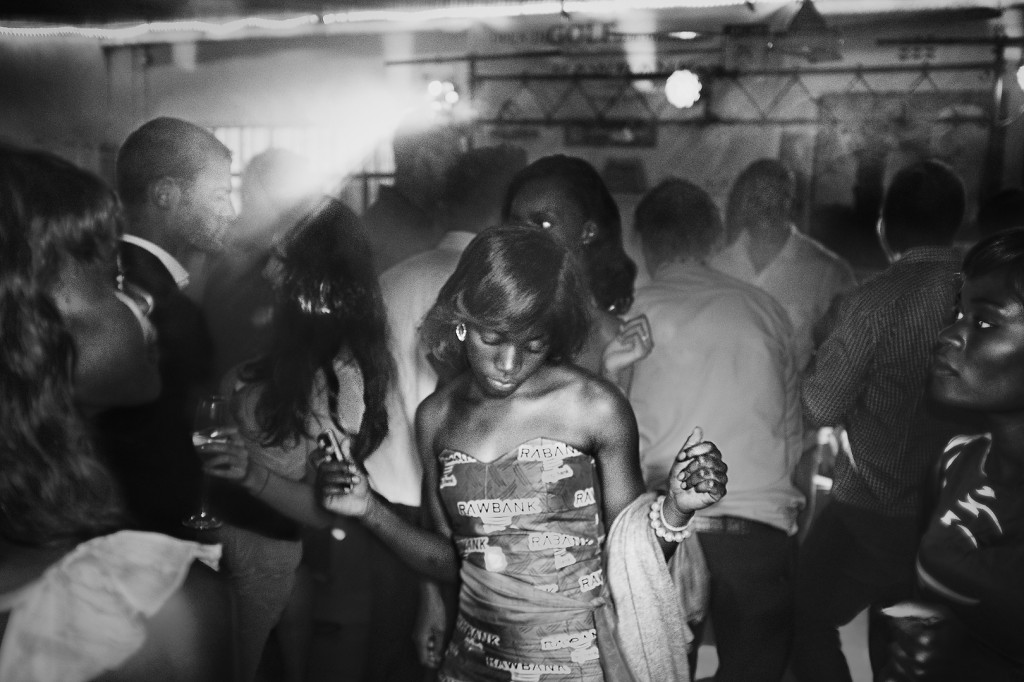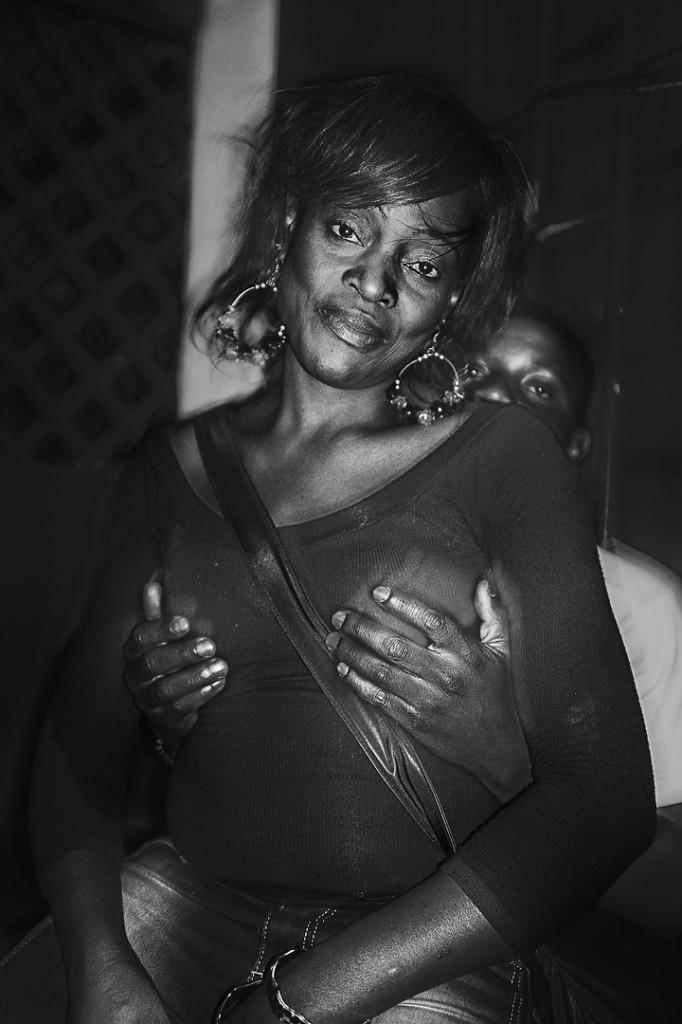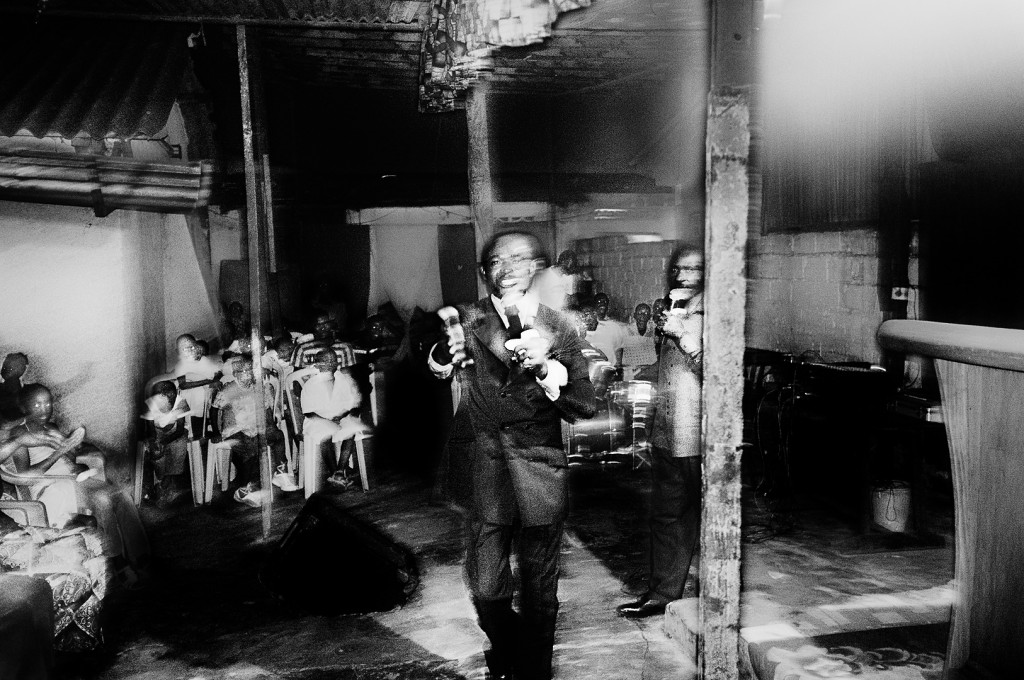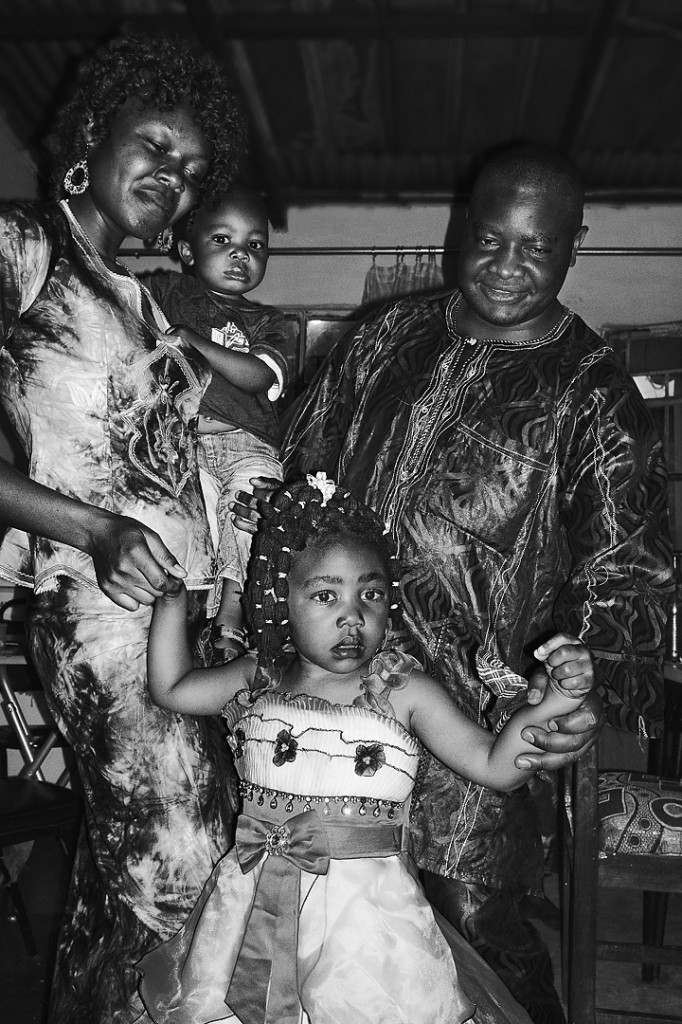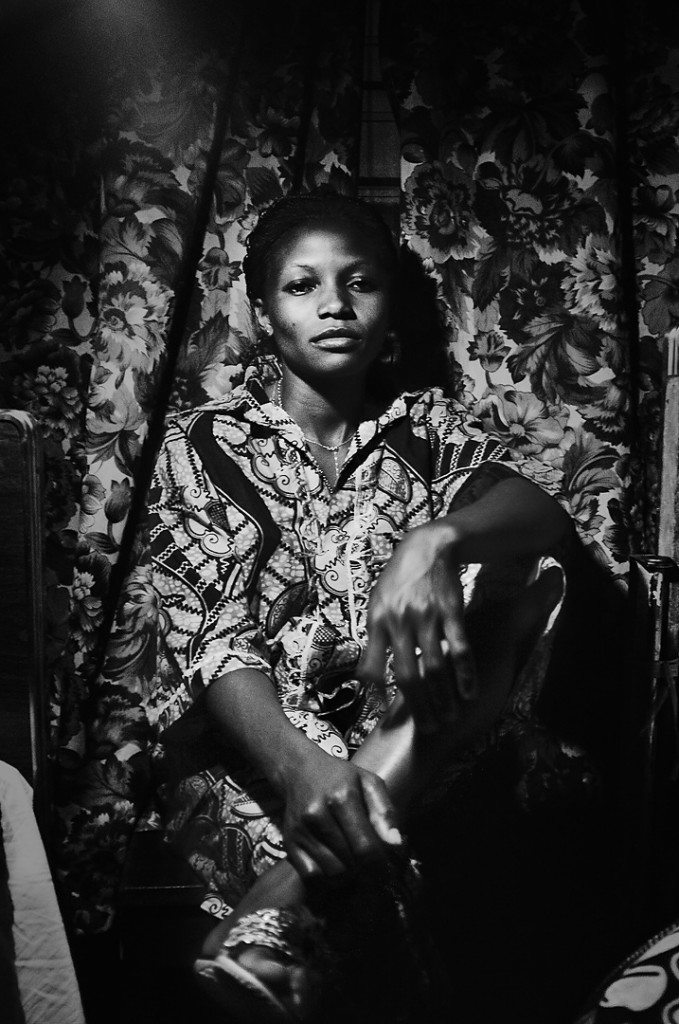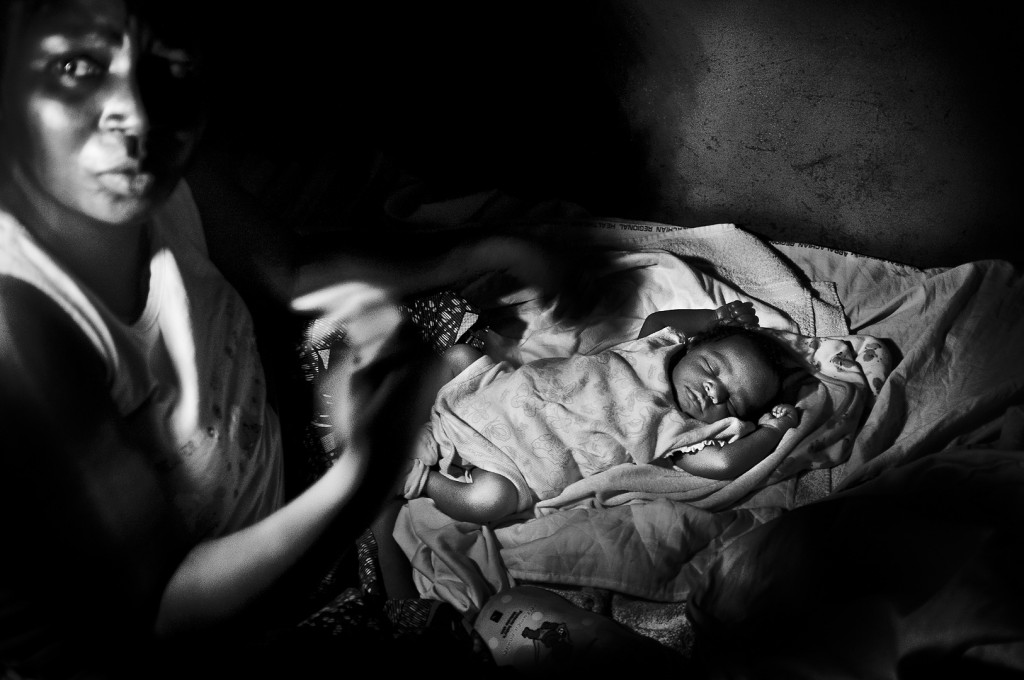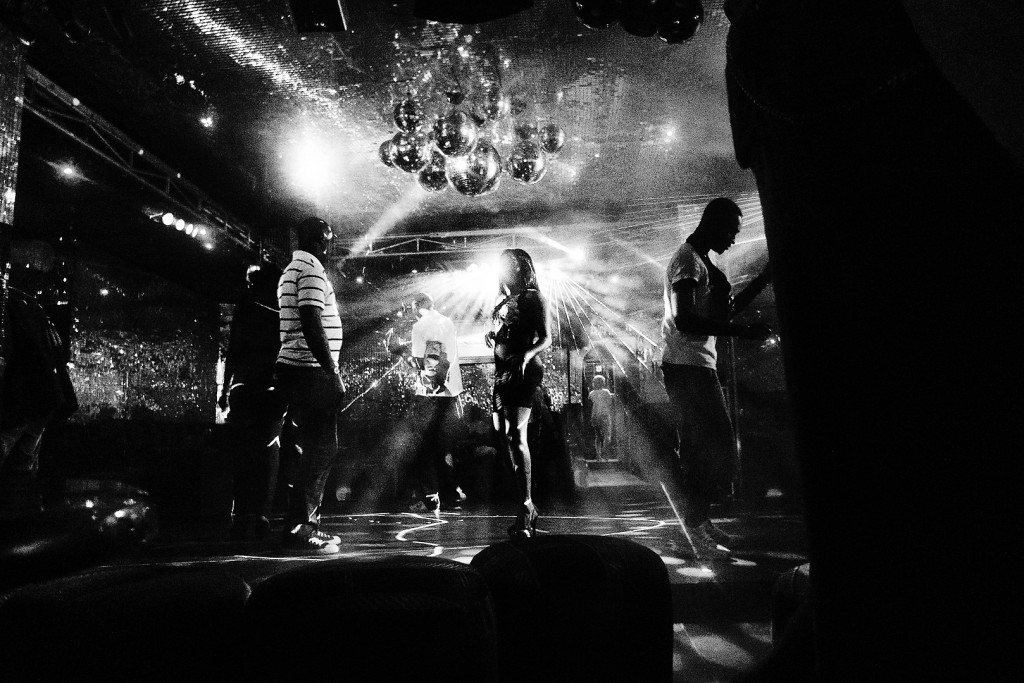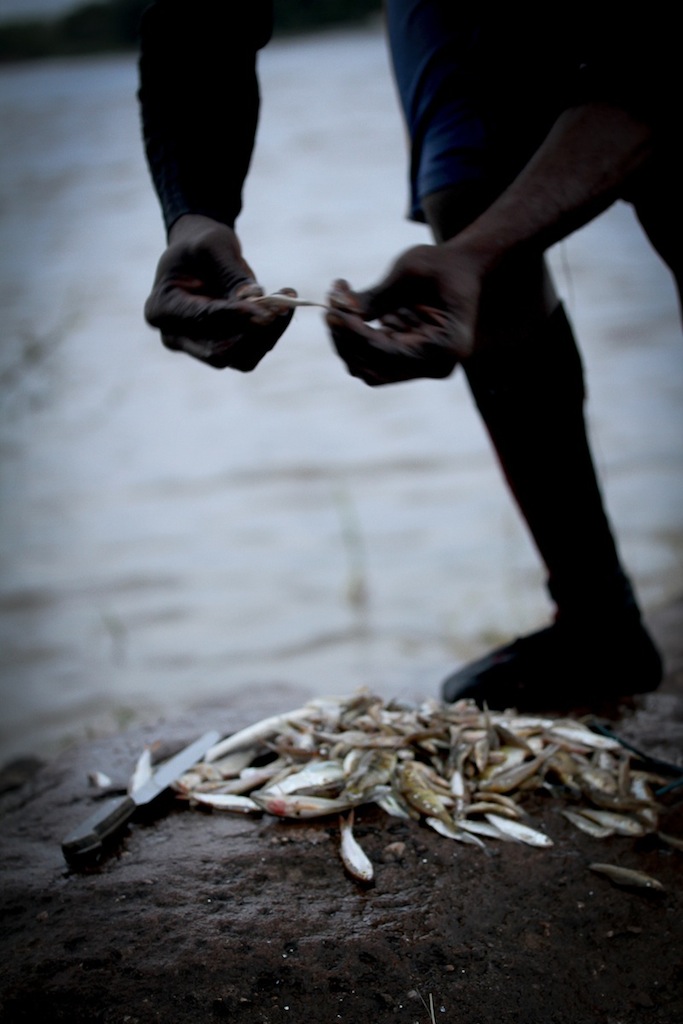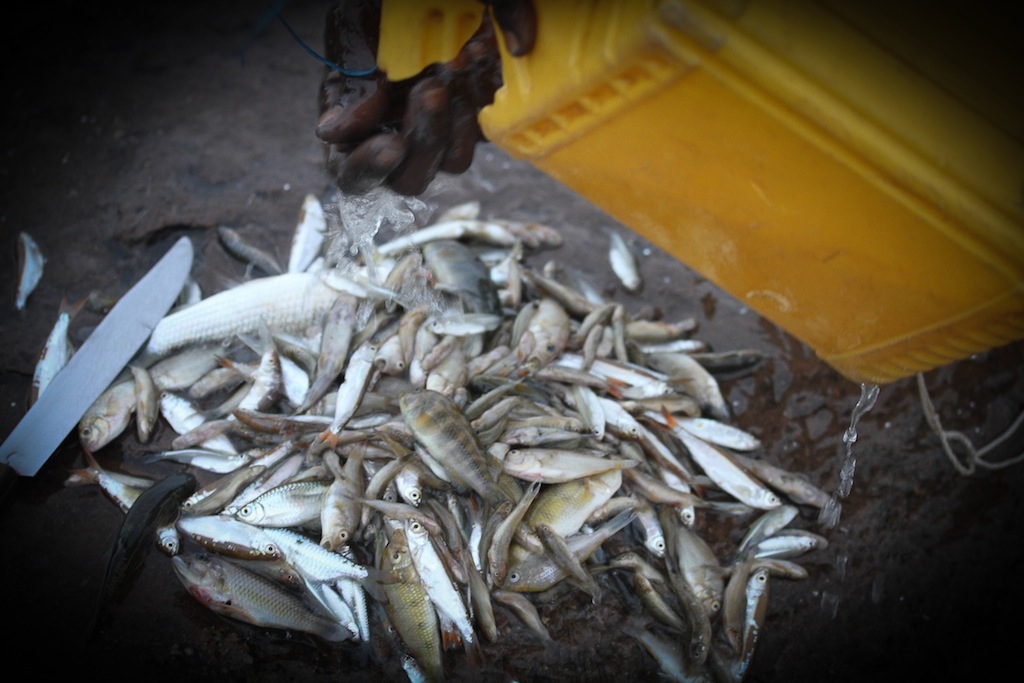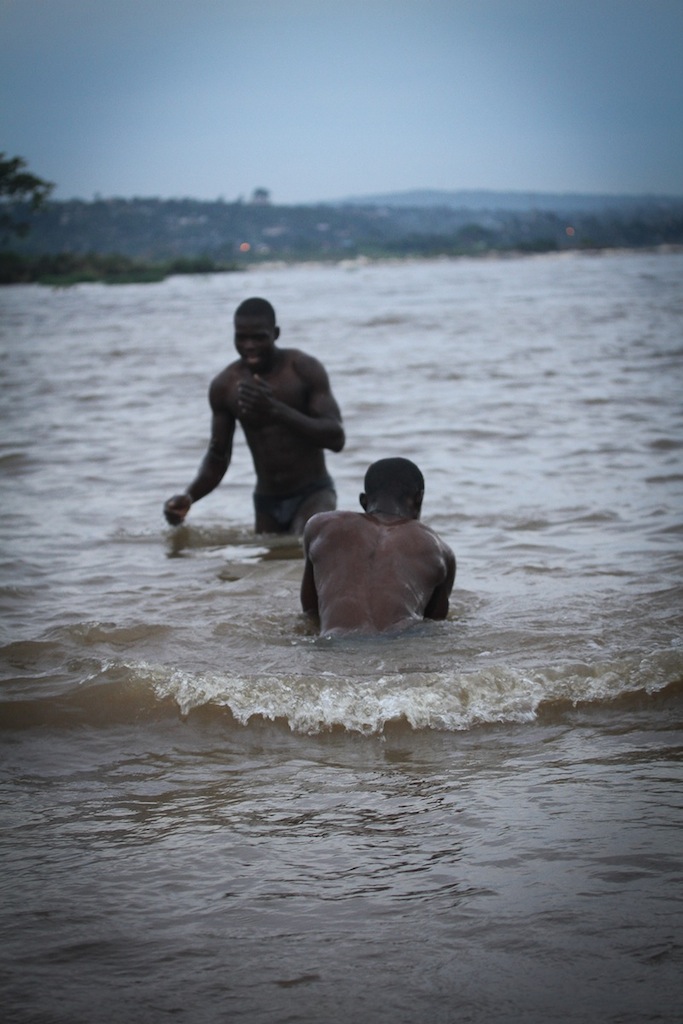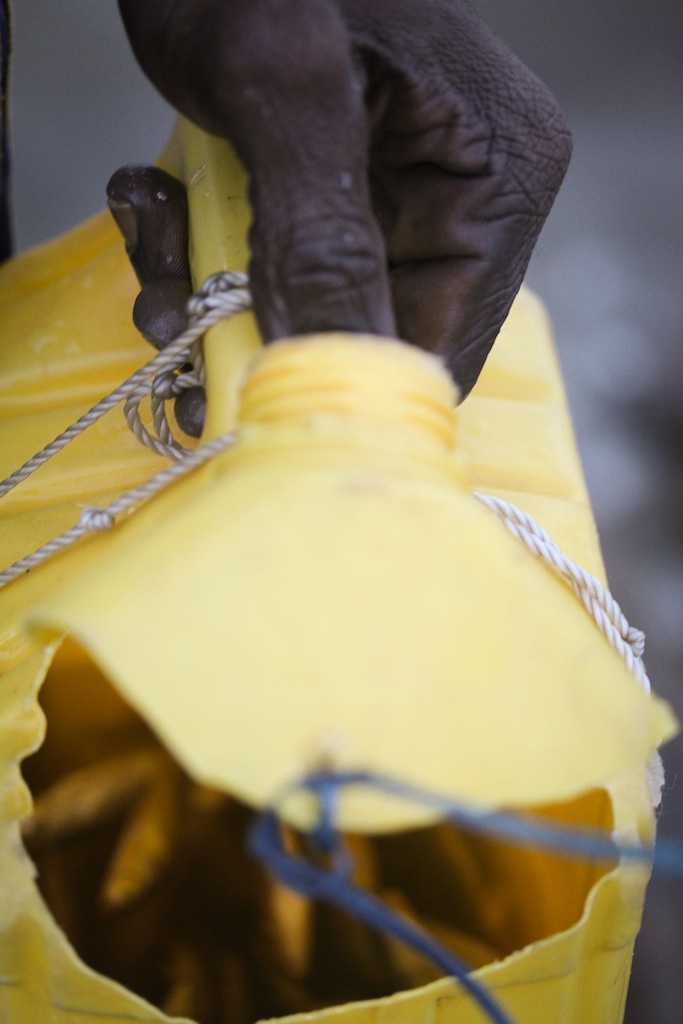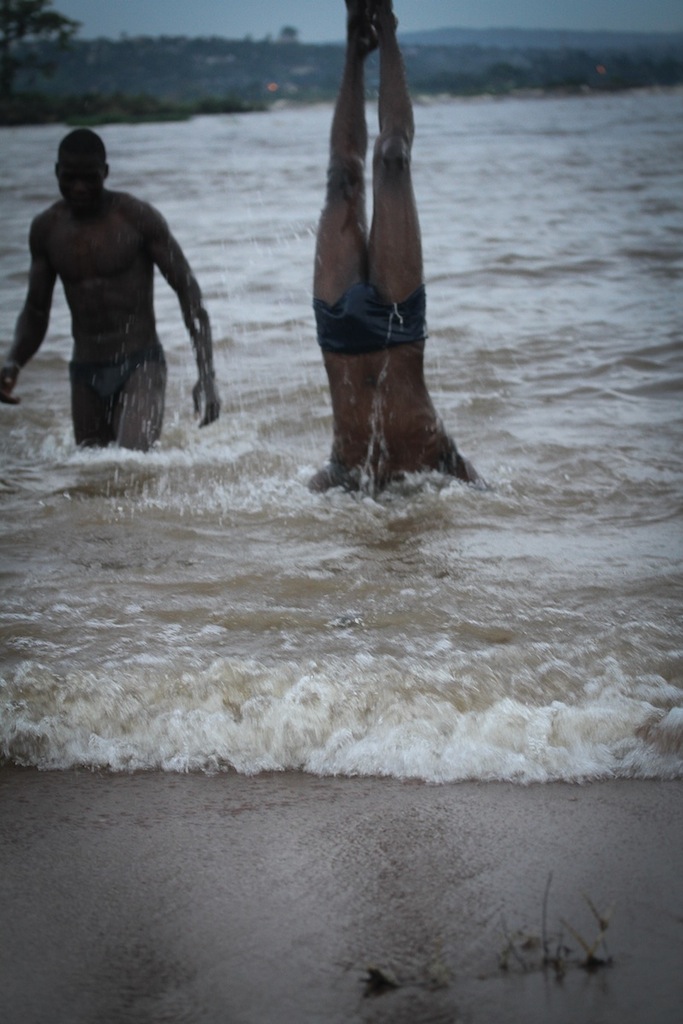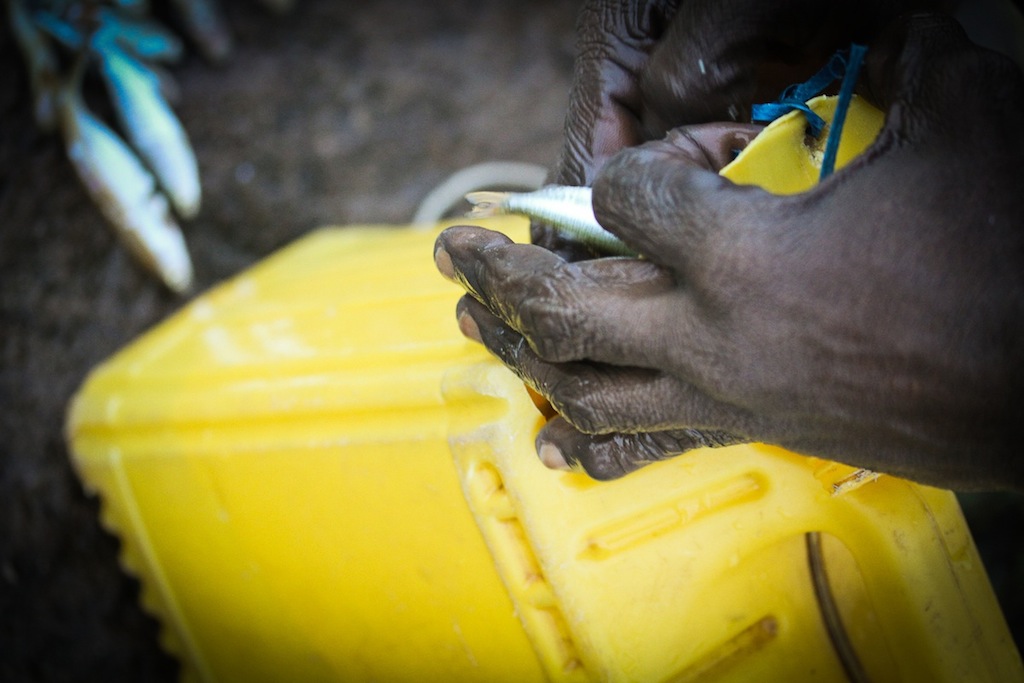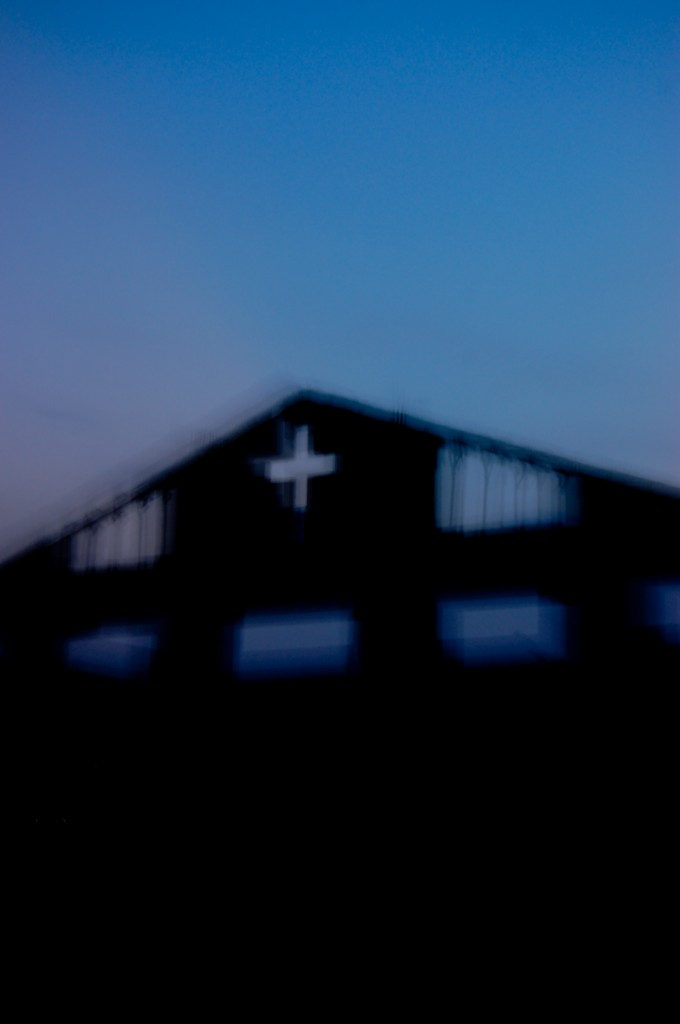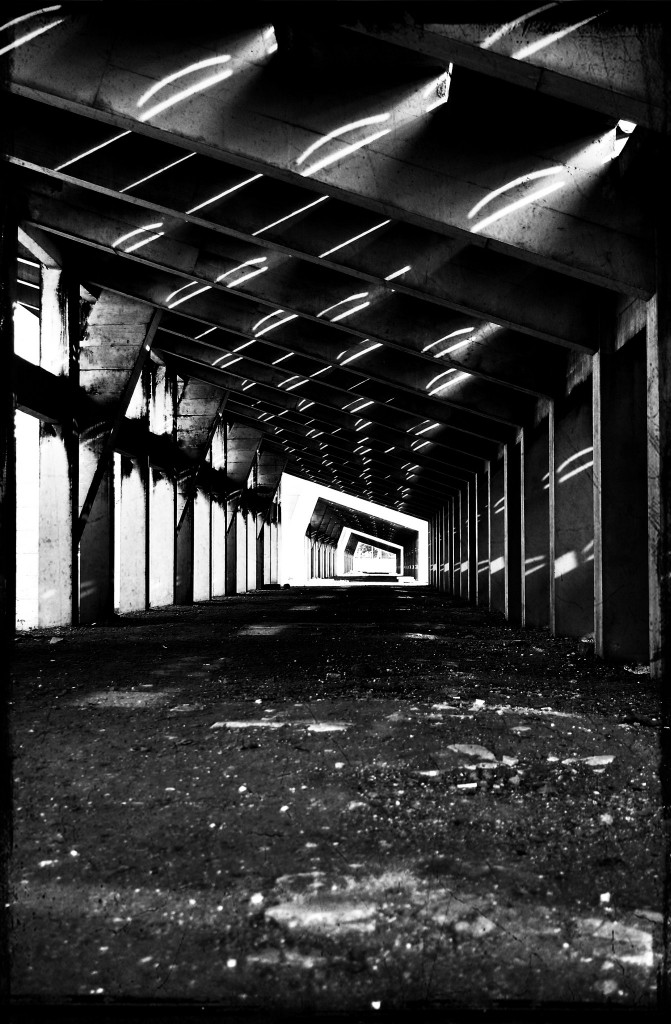Portraits to last a lifetime
African photography is on the rise. Following decades of photographic misrepresentation by observers from outside the continent, African photographers are now showing the world what they see through their lens. This is Africa spotlights them in a series of interviews.
When South African photographer Alexia Webster visited Sudan in 2006, a specific situation opened her eyes. While on assignment for a big international media company she wanted to make a story about hiphop in the capital city of Khartoum, but her editors didn’t think it would fit into the image their audience has of the country as war torn and impoverished. On her next assignment, in a refugee camp in Kenya, a refugee came up to her and asked when he was going to see the images she shot. “I had to be honest and tell him, probably never. I knew that the photos would never get back to him.” The man became upset, telling her that he had been in the camp for over 15 years and didn’t have any images of himself or his family. “Foreign photographers had been coming in and out of the camp all the time taking photographs without sharing them”, Webster explains. “He was justifiably frustrated.” From this experience the idea for the ‘Street Studio Project’ was born. The project creates outdoor family portrait studios in public spaces and invites anyone to come have their portrait taken. Webster has a portable printer on site and prints the photographs for free for people to take home with them. She wanted to return these images, ‘treasures’, to the people she photographed.
Refugees
“In the context of a refugee camp it can really mean a lot to have your photograph taken with your loved ones and to get to keep a copy”, Webster explains. About halfway through her photographic career she got frustrated with how her photography was reflecting her continent. She wanted to make a change herself and this project hopefully is the first step. “Especially in places where life is so disrupted, a family portrait can have such a big resonance and importance.” Creating open air studios in refugee camps proved difficult at times, but in the end it was always worth the effort. Webster started out in Woodstock, Cape Town with her first Street Studio. “People were lining up non stop for the two days I was out there.” After five other locations in her home country she managed to get funding and take the project abroad. Alexia has managed to bring her outdoor studio to Goma, in the Democratic Republic of Congo.
Understanding
For Webster, who studied photography in New York and did a course at the Market Photo Workshop in Johannesburg, it’s not so much about what her audience thinks about her photography, but her subjects. “The intention is different; it is not for others to get a better understanding, but quite simply to provide family portraits.”
With documentary photography Webster sees the potential to transform peoples opinion about her subjects and the world around them. “I do believe that the more positive images we put in the media, the more optimistically people will look at the world and the more potential there is to transform things. Negativity feeds negativity and we don’t need more of that in the African continent.”
Read the original article on This is Africa





